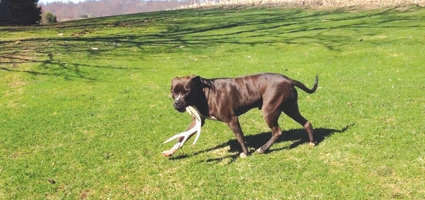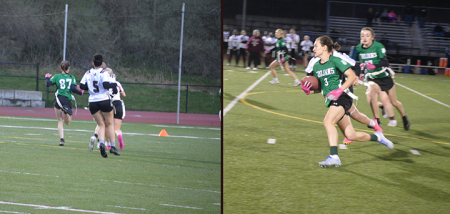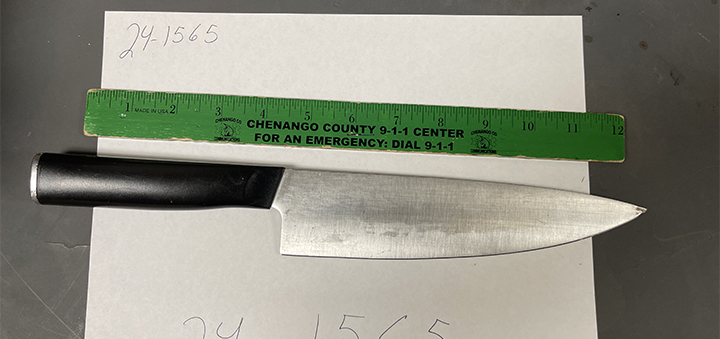Antler Addicts Are Back At It Again
Published:
March 3rd, 2016
By:
Josh Sheldon

After a deer season like this past, most hunters would be overjoyed to handle some antlers. Unlike deer hunting you are allowed to collect as many shed antlers as you would like and your dog will be happy to help also.
It’s no secret that I’m an antler hunting addict. I have walked hundreds of miles in search of dropped racks and plan to do so until I’m unable to hike the hills. Fairly new to me is shed hunting with my dog. It is pretty easy to train a dog to shed hunt and the breed you have makes little difference, as all dogs have stronger noses than we do. They use their noses almost exclusively as we do our eyes, so you are able to increase your odds dramatically. Knowing where to look and why is probably the most important piece of the shed hunting puzzle, although when is pretty important too.
Last winter I spent some of my time in Ohio shed hunting. That place is a shed hunters dream and you may think that after hunting there I wouldn’t bother looking here. The truth is you are likely to find bigger racks there but the numbers you collect can be similar. There is so much hard mass like hickory and oak and in combination with the immense corn and soy fields, gives Ohio bucks a size advantage over our deer. The key word here is mass. The racks I found there pretty similar in length and width to our deer, but have nearly twice the mass. I make knife handles out of many of my sheds and prefer our thinner racks, so I will always hunt here and hope I can get back there again just for the awe factor. The thing I did find is all the shed hunting tricks I use here work there, so if you can get out to new places and states and do what works for you here you should have some success.
The only disadvantage I had in Ohio is my dog was here. He is able to find sheds that I can’t see, which may be covered in leaves or be hiding in tall grass. Sometimes they may be out in the open but look so much like sticks that you can walk by just a couple feet away from them and never catch a glimpse. Your dog on the other hand will rarely miss a shed it passes feet from and is invaluable in areas that obstruct your vision. As for breed I have had success with most of the dogs I have worked with, especially if they already play fetch. If not you have to train that first and expand from there. I also learned that the dog smells sheds best when less than 20 feet from them and on the downwind side. For this reason I try to keep the dog fairly close to me and position it as to have the wind blowing from where I expect sheds to have been dropped. In this manner you are able to visually canvas an area while the dog uses its nose to find what you can’t. I grid the hot spots off and make sure to thoroughly cover every inch, as to not miss anything.
To grid off a hot spot you must first know what a late winter hot spot looks like and what factors dictate whether a spot is worth looking at all. If it’s a cold winter like last you are more likely to find sheds in thick bedding cover, while warmer winters like these they may be more in the open. The reason for this is the sun and how deer use it to stay warm. When it’s super cold out, the sun doesn’t help as much, so deer opt to go into thick cover to break the wind, rather than seek out sunny spots. When it’s warmer out they will lay in a fairly open south facing thicket, which enables them to conserve energy by using the sun’s radiant heat. They also do this when it’s cold, but mostly when the wind isn’t blowing too hard. For this reason south facing slopes in close proximity to food that also have thick bedding cover, are the best places to start. You will typically find both sheds in these spots; I call them bed sheds for this reason.
The next thing on my mind is places that deer may dislodge an antler while moving about. My favorite places are fence, stone wall, and steep ridge and creek crossings. A steep ridge will cause the shed to roll down hill and typically they end up in a little trickling stream at the bottom. The other spots force bucks to jump and the heavy landing can cause the animal to shed. These are my favorite places to look and are where I have found most of my sheds. The only problem here is you typically only find one side of the rack at these crossings and drive yourself crazy looking for the other one, which almost never happens.
I’m tossing around the idea of starting a shed hunting school for dogs. If anyone is interested in turning their dog into a shed hunting fool, you may contact me by e-mail or you can find me on Facebook.
Good wishes and go find a pile of bone.
Author: Josh Sheldon - More From This Author
Comments






